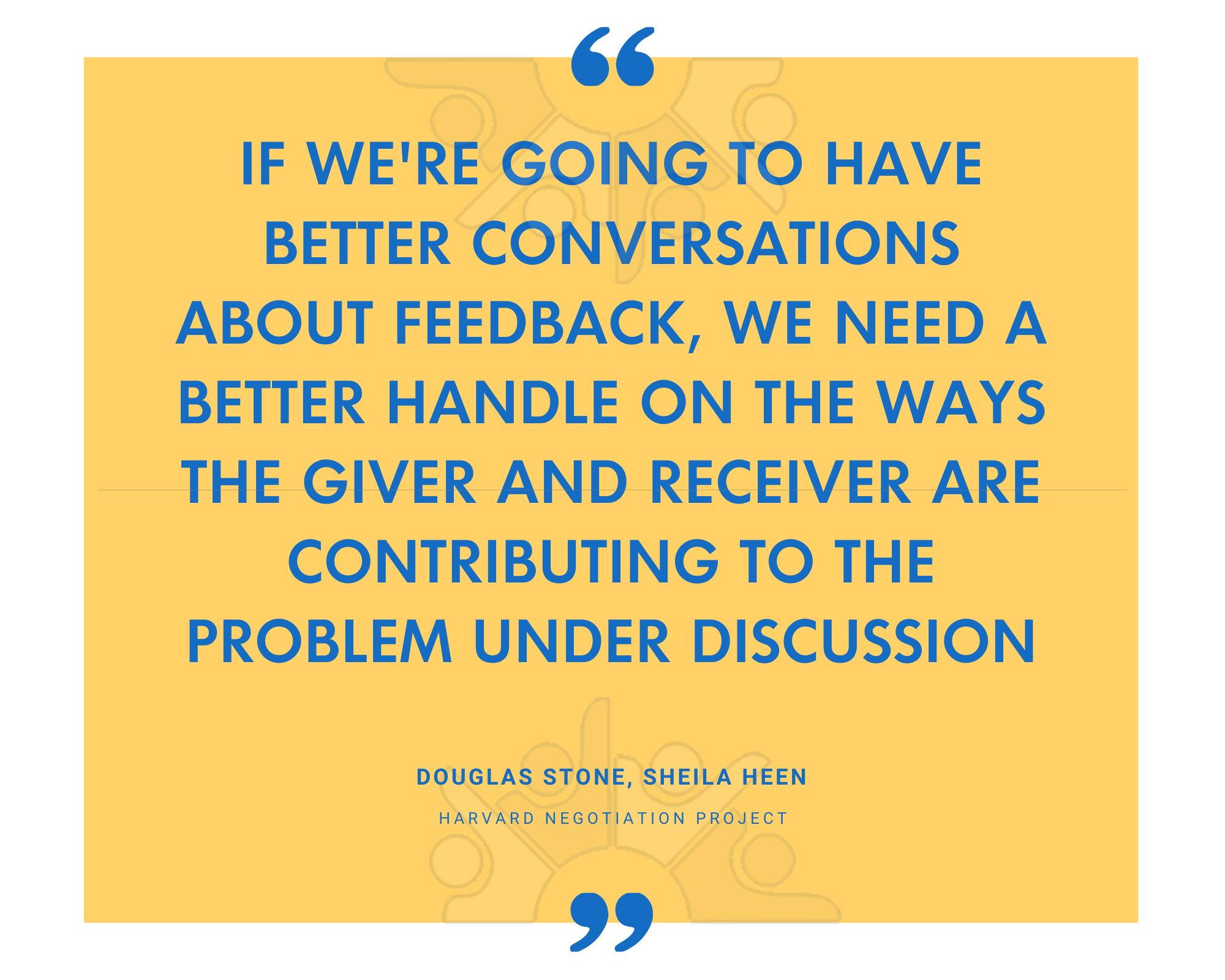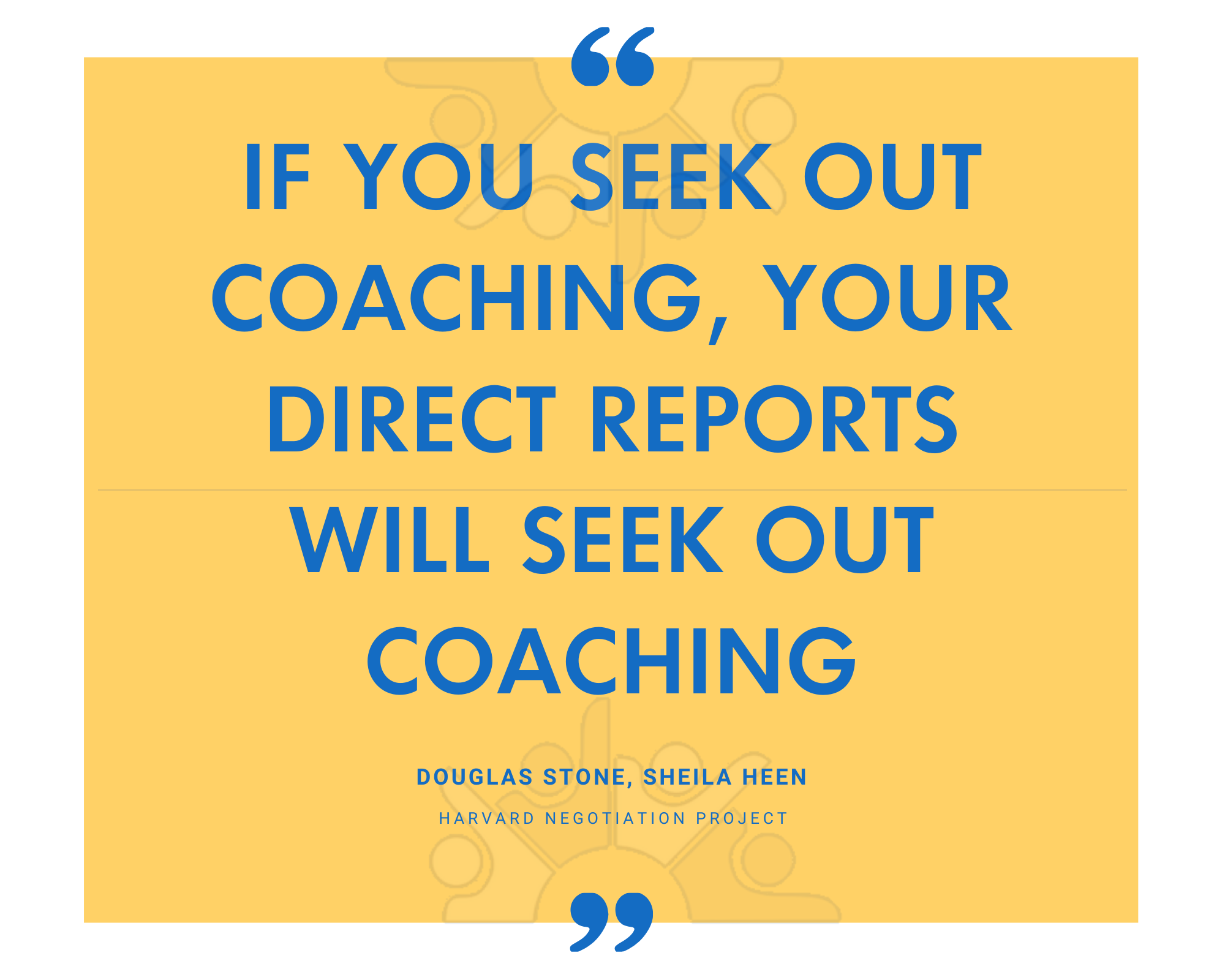Feedback. It’s the grease that oils the cogs of any business. But few managers know how to use it to full effect in order to boost performance. The debate about how to most effectively use feedback isn’t a new one, and a great deal of research has shed light on the best methods for making the most from the feedback you give – and receive.
Follow this guide and you’ll have a better understanding of the various types of feedback, when to apply them, and how they can boost performance.

Follow these ten steps and you’ll be on track to better understand how to make the most of feedback, transforming it into optimal performance. To make the most of these techniques, monitor and track your feedback in a comprehensive performance management tool to keep managers and employees constantly engaged in communication.
1. Understand – and separate – the three types of feedback
In their book, Getting It Done: How To Lead When You’re Not In Charge, authors John Richardson, Roger Fisher and Alan Sharp made a clear distinction between the three key types of feedback: appreciation, coaching and evaluation.
These are described as:
1. Appreciation – acknowledging, connecting, motivating and showing thanks
2. Coaching – helping the feedback receiver sharpen their skills and capabilities while expanding their knowledge base
3. Evaluation – ranking or rating an employee against an established set of standards with a view to realigning expectations and informing decision-making
Since each of these types of feedback satisfies different needs, it is crucial that managers separate and address them individually. While each of these can help motivate employees and improve their performance, keeping these conversations separate helps ensure a focused feedback session.

2. Avoid coaching mismatches
If feedback is tied into providing coaching for employees, avoiding coaching mismatches helps keep an employee’s interpretation of feedback given on the right page. A common coaching mismatch is between what was heard and what was meant, for instance, the feedback “Be more confident” can be heard as “Demonstrate you know things even if you don’t”, while the real meaning is “Be confident to admit when you don’t know something.”
Make sure you use precise language when delivering feedback to avoid such mismatching.
3. Avoid switchtracking
Switchtracking occurs when a conversation shifts from one topic to another without either party realising it has happened. This often happens when the giver and the receiver of the feedback aren’t clear on the priorities and are therefore unaware they are changing the subject.
When switchtracking occurs the feedback conversation can become derailed and performance can suffer. As Douglas Stone and Shiela Heen explain in their book Thanks For The Feedback, “Dealing with two topics is not a problem in itself – we can address two, twelve, or twenty in a single sitting. But with switch track conversations we don’t realise there are two separate topics, and so both get lost as we hear the other person through the filter of our own topic.”
4. Know when to turn down feedback
In some circumstances, giving feedback can actually have a negative impact on performance and create additional problems for managers to deal with. If you haven’t prepared for the feedback properly, a one-off lapse could be blown out of proportion, or you could run the risk of contradicting another manager.
Similarly, you may need to identify boundaries when receiving feedback depending on the context or relationship. If feedback becomes personal, attacking your character rather than your behaviour, or the feedback is relentless and unhelpful, turning it down will prevent further discomfort until it can be reframed as a legitimate request for change that addresses the deeper problems.
5. Distinguish between different and right
When discussing feedback with an employee it’s important to distinguish between what is different and what is right. In this sense, “right” isn’t about determining an objective truth, but rather what makes sense in a way that makes the feedback most helpful.
For example, the feedback “you’re making us lose business” can be framed in terms of what is different could mean different data, pitch-to-close ratios or what other companies are doing. What is right might may mean focusing on the speed of performance, making different judgements and ultimately understanding that closing deals is what matters the most. Understanding this distinction creates clarity when moving towards a solution.
6. Check “The Gap Map” and other behavioural blind spots
The Gap Map can be used to effectively understand how an employee’s feelings about a situation can create blind spots, influenced by intentions, behaviour and impact. Body language, tone of voice and even the way emails are worded can lead to miscommunication which needs to be disentangled.
Both managers and employees should work to understand their blind spots so that feedback can be better communicated and understood, separating the impact of a situation from character and understanding how the impact-intent gap (we judge ourselves by our intentions, whereas others tend to judge by our impact upon them) can skew the conversation.
7. Examine The Big Picture
Breaking feedback down into what Douglas Stone and Sheila Heen of the Harvard Negotiation Project call The Big Picture is an effective method for providing a broader context to feedback sessions. The five key elements of The Big Picture are:
1. Other players. Conflicts between staff can have a profound impact on the work patterns and relationships of other team members. Examining the broader team environment brings a clearer understanding of what’s going on.
2. Physical environment. The space where people work can impact their performance. For instance, an open office environment might encourage better cooperation, but it can also inhibit candid discussions.
3. Timing and decision making. Differences in the structure of decision-making affect how employees work together. Some employees prefer to consult widely while others prefer independence, and knowing the difference can help push stronger performance.
4. Policies and processes. Different policies and processes affect employees in different ways. Contextualise the impact of these depending on the nature of the feedback being given.
5. Coping strategies. Try to understand the coping strategies used by different employees when dealing with challenging work.
 8. Cultivating a growth identity and a culture of learners
8. Cultivating a growth identity and a culture of learners
A good feedback session should aim to promote a growth identity in employees and a workplace culture of learners. Managers should encourage employees to see challenges as opportunities for expanding their skill sets, stretching their capabilities and improving performance.
Promote a culture of learning by highlighting success stories rather than focusing on negative behaviour, which can have the unintended consequence of reinforcing it as a social norm. In his landmark study Influence: The Psychology of Persuasion, Robert Cialdini suggests that rather than saying “31% of you haven’t completed your performance reviews” it is far more effective to say, “9% of you have completed your review. Thank you!”
9. Evaluation – looking forward and backward
When delivering feedback, looking forward and backwards helps to frame it more effectively. Ask what criteria they used and what they considered to be most important. Were there any skills or experiences they were missing?
Likewise, when looking forward, ask about the consequences and how they might be affected in the future. What needs reassessing? What should they be focusing on in the coming weeks and months?
10. Wrapping up feedback
Lastly, when wrapping up a feedback session try to focus on a commitment. Consider some of the following:
Action plans. What will you be working on tomorrow? What changes need to be made to make things happen?
Benchmarking. How will future progress be measured? Consider the positive and negative impact of this measurement and the possible consequences if the benchmark isn’t met.
Procedure. What processes are required to implement the plan of action?
Strategies. Instead of looking for solutions, what systems can be put in place to improve performance to ensure objectives are met?
Feedback is always an ongoing process, but following these principles and keeping a clear record in your performance management software helps make sure the process resolves issues and ultimately boosts performance.



 8. Cultivating a growth identity and a culture of learners
8. Cultivating a growth identity and a culture of learners

